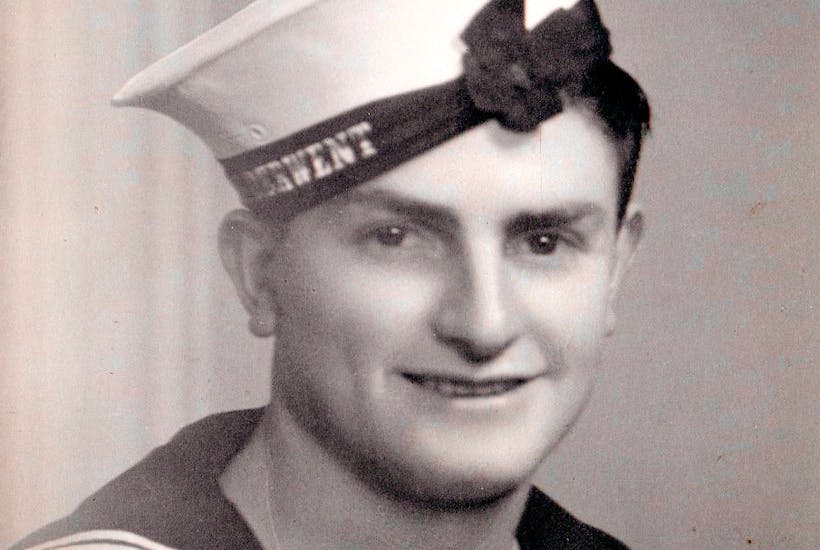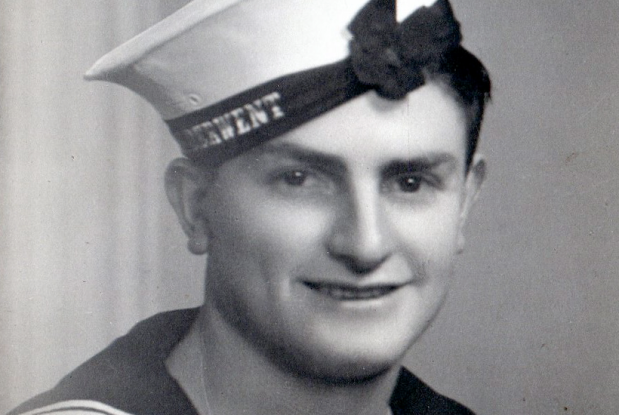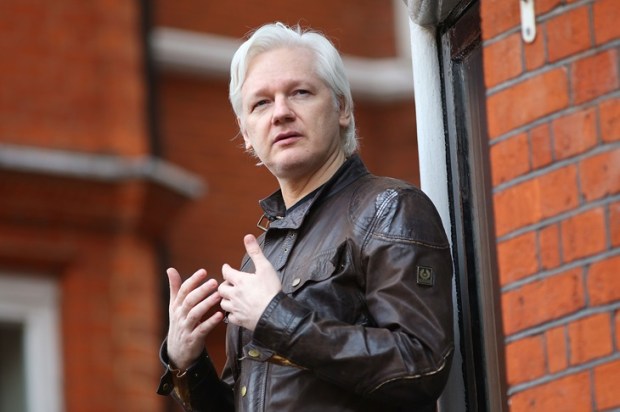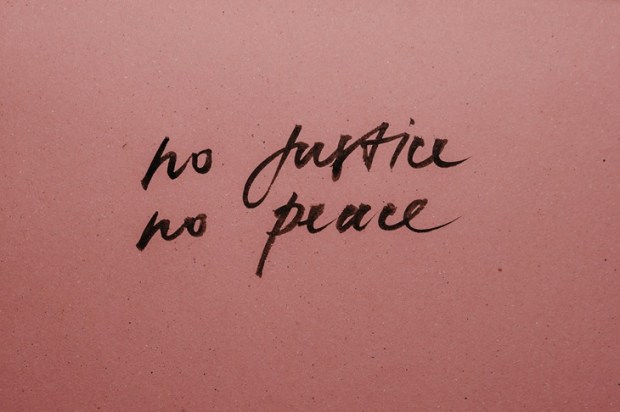If Teddy Sheean does receive a Victoria Cross, as the Prime Minister has recommended today, it will right a wrong which has persisted since World War II.
No member of the Royal Australian Navy has ever received a Victoria Cross.
That, of course, is not a wrong in itself. Bravery awards should not be given out on a quota system.
But that the Australian Army has received 96, and the Royal Australian Air Force four, suggests that the Navy has never deserved a Cross, the ultimate bravery award.
Already a subscriber? Log in
Subscribe for just $2 a week
Try a month of The Spectator Australia absolutely free and without commitment. Not only that but – if you choose to continue – you’ll pay just $2 a week for your first year.
- Unlimited access to spectator.com.au and app
- The weekly edition on the Spectator Australia app
- Spectator podcasts and newsletters
- Full access to spectator.co.uk


























Comments
Don't miss out
Join the conversation with other Spectator Australia readers. Subscribe to leave a comment.
SUBSCRIBEAlready a subscriber? Log in